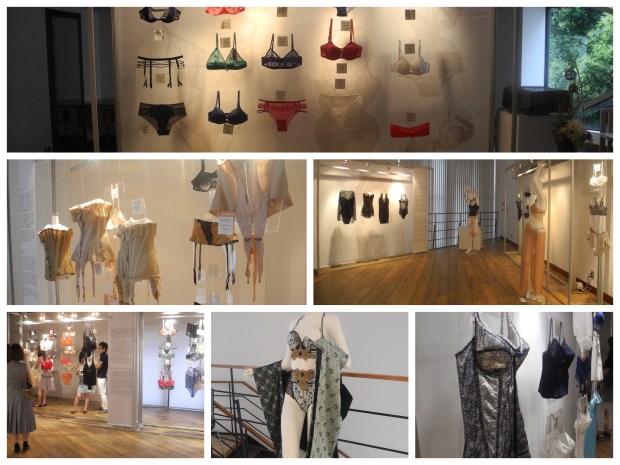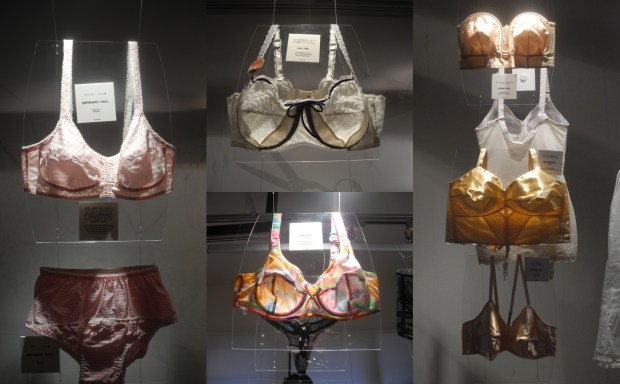
Drugstore loot…cream and lotion, sunscreen, laundry freshener, oil blotting paper, and tomato fat-burning gel
We stumbled upon Don Quixote, or ‘donki’ as it’s called here. It’s not technically a drugstore, it’s a massive discount store that sells everything from cosmetics to electronics to garden supplies to sex toys and maid costumes. Of course we went for the cosmetics and beauty products. Karis and I share a deep fascination for Japanese cosmetic stores and the goodies within. This is quite remarkable as Karis has no stamina as a shopper. My mum and I have failed dreadfully in training her up. I remember one incident in particular in Seattle on a ladies shopping trip where we mistakenly thought it would be fun to bring the girls. Not. They have no stamina. Literally. Ninety minutes in Nordstrom’s Rack and they were rolling around on the floor in-between the racks begging to go home. They were twelve and we were buying stuff for them. This is still the case even though she is a teenager working in the fashion industry…except for the cosmetic and beauty product stores. (And she doesn’t roll around on the floor now.)
These stores are filled with amazing things. It’s mysterious, like a treasure hunt, mostly because we rarely know what products do unless there is a helpful tag line in English which is rare (and often misleading). I’ve heard stories of foot peels gone awry leaving the bottom of your feet raw; moisturizer that is actually face bleach and mascara that is so waterproof that it needs the cosmetic equivalent of paint thinner to remove it. However, that does not scare us as the potential rewards are fabulous. They have amazing face masks, pre-soaked with solution (aloe, mushrooms, lavender, bee pollen, snake venom); rose-flavoured toothpaste; body gel that has some tomato product in it that burns fat; and probably the best sunscreen on the market by Anessa which is Shiseido’s drugstore brand. They’re also not afraid of using facial and hair oils–cosmetic giant Shu Umera makes a legendary facial cleansing oil that has been on the market in Japan since 1967.
The Japanese spend more on cosmetics than any country in the world which has resulted in a lot of money spent on research and development, particularly for sun protection. They have a number of organic and natural cosmetic lines as well and the drugstore brands are far superior to ours…just wish we could read the labels!
















